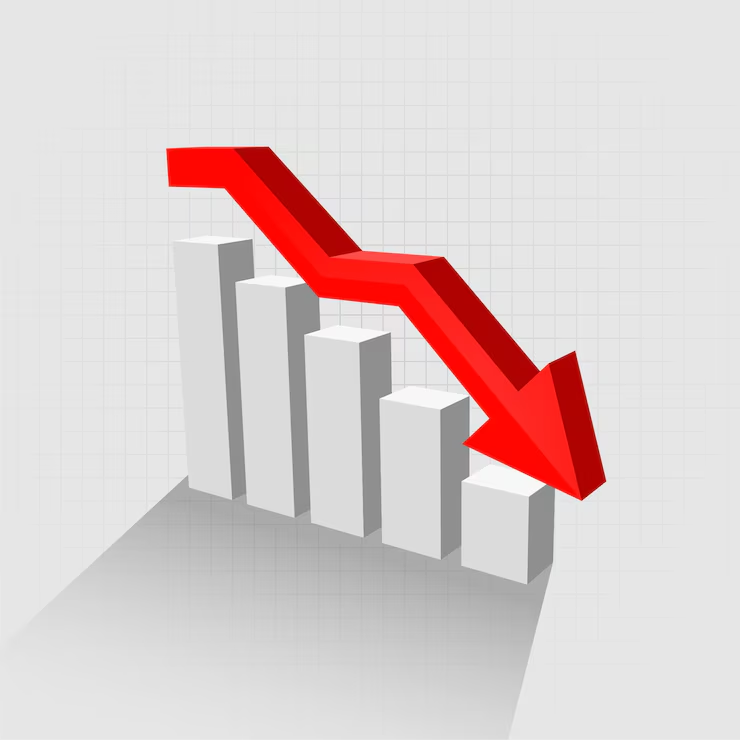By Atoyebi Nike
Inflation in the eurozone dropped to 1.9% in May from 2.2% in April, falling below the European Central Bank’s (ECB) target for the first time in eight months. The decline, largely driven by lower energy prices, clears a path for possible interest rate cuts.
The ECB is now expected to shift from curbing inflation to supporting growth, especially as the region faces new trade threats from the United States. President Donald Trump has announced steep tariff increases on steel, aluminum, and autos. A proposed 20% tariff on all European Union goods remains on hold until July 14, pending negotiations.
Economists say falling inflation gives the ECB the flexibility to lower borrowing costs. The bank’s key rate currently stands at 2.25%. A cut could stimulate credit access, investment, and consumer spending across the eurozone.
ECB President Christine Lagarde is set to chair the bank’s policy meeting on Thursday. Analysts predict a 0.25 percentage point rate cut, with possible further reductions later this year.
Trump’s aggressive trade stance has already impacted economic forecasts. The European Commission has revised its 2025 growth projection for the eurozone to 0.9%, down from 1.3% in its autumn forecast.
While rate hikes helped rein in inflation during the 2021–2023 price surge, the ECB now faces growing pressure to cushion the economy against external shocks. The impact of U.S. tariffs could be particularly damaging to Europe’s export-driven sectors.
Amid rising geopolitical tensions and market volatility, the ECB’s expected policy shift signals a new phase in the eurozone’s economic recovery efforts.
